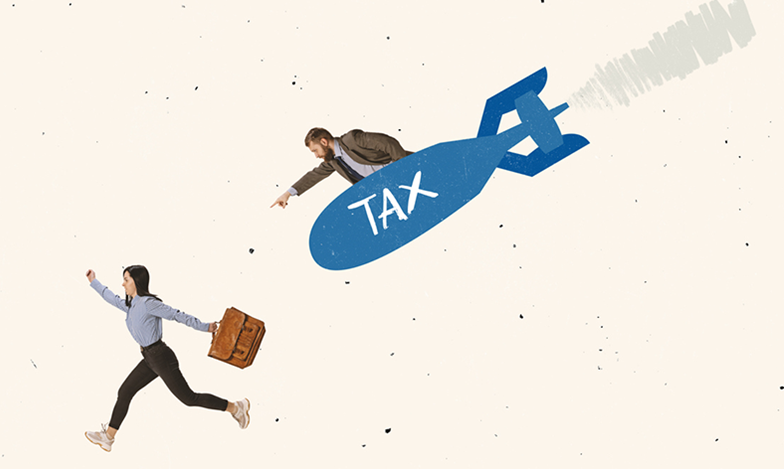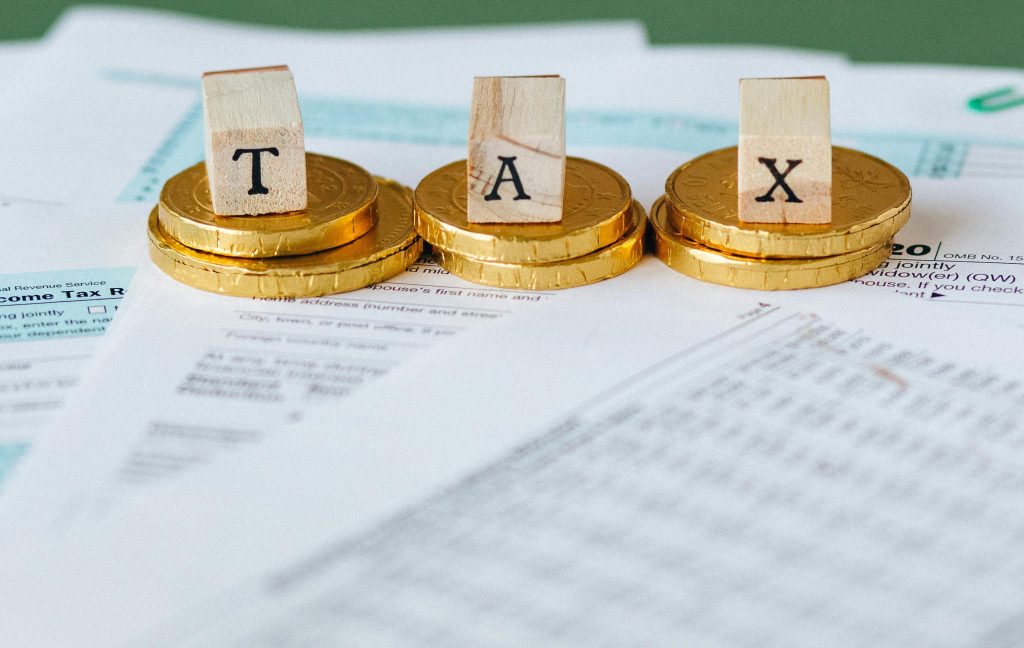
From 1 July 2024, the amount you can contribute to super will increase. We show you how to take advantage of the change.
The amount you can contribute to superannuation will increase on 1 July 2024 from $27,500 to $30,000 for concessional super contributions and from $110,000 to $120,000 for non-concessional contributions.
The contribution caps are indexed to wages growth based on the prior year December quarter’s average weekly ordinary times earnings (AWOTE). Growth in wages was large enough to trigger the first increase in the contribution caps in 3 years.
Other areas impacted by indexation include:
- The Government super co-contribution – Income threshold
- The super guarantee maximum contribution base (the limit for compulsory super guarantee payments)
- The tax-free thresholds for redundancy payments
- The CGT contribution cap (amount that can be contributed to super following the sale of eligible business assets)
For those with the disposable income to contribute, superannuation can be very attractive with a 15% tax rate on concessional super contributions and potentially tax-free withdrawals when you retire. For business owners who might have had an exceptional year or sold their business, it’s an opportunity to get more into super. However, the timing of contributions will be important to maximise outcomes.
If you know you will have a capital gains tax liability in a particular year, you may be able to use ‘catch up’ contributions to make a larger than usual contribution and use the tax deduction to help offset your capital gain tax bill.
But, this strategy will only work if you meet the eligibility criteria to make catch up contributions and you lodge a Notice of intent to claim or vary a deduction for personal super contributions, with your super fund.
Using the Bring Forward Rule
The bring forward rule enables you to bring forward up to 2 years’ worth of future non-concessional contributions into the year you make the contribution – this is assuming your total superannuation balance enables you to make the contribution and you are under age 75.
If you utilise the bring forward rule before 30 June, the maximum that can be contributed is $330,000. However, if you wait to trigger the bring forward until on or after 1 July, then the maximum that can be contributed under this rule is $360,000.
‘Catch up’ contributions
If your super balance is below $500,000 on the prior 30 June, and you want to quickly increase the amount you hold in super, you can utilise any unused concessional super contributions amounts from the last 5 years.
Let’s look at the example of Gary who has only been using $15,000 of his concessional super cap for the last few years. Gary’s super balance at 30 June 2023 was $300,000, so he is well within the limit to make catch up contributions.
| Concessional Cap | Used | Unused | |
| 2018-19 | $25,000 | $15,000 | $10,000 |
| 2019-20 | $25,000 | $15,000 | $10,000 |
| 2020-21 | $25,000 | $15,000 | $10,000 |
| 2021-22 | $27,500 | $15,000 | $12,500 |
| 2022-23 | $27,500 | $15,000 | $12,500 |
| 2023-24 | $27,500 | ? | ? |
Gary could access his $27,500 concessional cap for 2023-24 plus the unused $55,000 from the prior 5 financial years.
If Gary doesn’t access the unused amounts from 2018-19 by 30 June 2024, the $10,000 will no longer be available.
Transfer balance cap unchanged
The general rate for the transfer balance cap (TBC), that limits how much money you can transfer into a tax-free retirement account, will remain at $1.9 million for 2024-25. The TBC is indexed by the December consumer price index (CPI) each year.
Revised stage 3 tax cuts confirmed for 1 July
The revised stage 3 tax cuts have passed Parliament and will come into effect on 1 July 2024.
Before the new tax rates come into effect, check any salary sacrifice agreements to ensure that they will continue to produce the result you are after.
Resident individuals
| Tax rate | 2023-24 | 2024-25 |
| 0% | $0 – $18,200 | $0 – $18,200 |
| 16% | $18,201 – $45,000 | |
| 19% | $18,201 – $45,000 | |
| 30% | $45,001 – $135,000 | |
| 32.5% | $45,001 – $120,000 | |
| 37% | $120,001 – $180,000 | $135,001 – $190,000 |
| 45% | >$180,000 | >$190,000 |
Non-resident individuals
| Tax rate | 2023-24 | 2024-25 |
| 30% | $0 – $135,000 | |
| 32.5% | $0 – $120,000 | |
| 37% | $120,001 – $180,000 | $135,001 – $190,000 |
| 45% | >$180,000 | >$190,000 |
Working holiday markers
| Tax rate | 2023-24 | 2024-25 |
| 15% | 0 – $45,000 | 0 – $45,000 |
| 30% | $45,001 – $135,000 | |
| 32.5% | $45,001 – $120,000 | |
| 37% | $120,001 – $180,000 | $135,001 – $190,000 |
| 45% | >$180,000 | >$190,000 |
The ATO Debt Dilemma

Late last year, thousands of taxpayers and their agents were advised by the Australian Taxation Office (ATO) that they had an outstanding historical tax debt. The only problem was, many had no idea that the tax debt existed.
The ATO can only release a taxpayer from a tax debt in limited situations (e.g., where payment would result in serious hardship). However, sometimes the ATO will decide not to pursue a debt because it isn’t economical to do so. In these cases, the debt is placed “on hold”, but it isn’t extinguished and can be re-raised on the taxpayer’s account at a future time. For example, these debts are often offset against refunds that the taxpayer might be entitled to. However, during COVID, the ATO stopped offsetting debts and these amounts were not deducted.
In 2023, the Australian National Audit Office advised the ATO that excluding debt from being offset was inconsistent with the law, regardless of when the debt arose. And by this stage, the ATO’s collectible debt had increased by 89% over the four years to 30 June 2023.
The response by the ATO was to contact thousands of taxpayers and their agents advising of historical debts that were “on hold” and advising that the debt would be offset against any future refunds. These historical debts were often across many years, some prior to 2017, and ranged from a few cents to thousands of dollars. For many, the notification from the ATO was the first inkling they had of the debt, because debts on hold are not shown in account balances as they have been made “inactive”. In other words, taxpayers were accruing debt but did not know as the debts were effectively invisible because they were noted as “inactive.”
In a recent statement, the ATO said: “The ATO has paused all action in relation to debts placed on hold prior to 2017 whilst we review and develop a pragmatic and sensible way forward that takes into account concerns raised by the community.
It was never our intention to cause frustration or concern. It’s important to us that taxpayers have trust in our tax system and our records.”
For any taxpayer with a debt on hold, it is important to remember that just because the ATO might not be actively pursuing recovery of the debt, this doesn’t mean that it has been extinguished.
Small business tax debt blows out
Out of the $50bn in collectible debt owing to the ATO, two thirds is owed by small business. As of July 2023, the ATO moved back to its “business as usual” debt collection practices. For entities with debts above $100,000 that have not entered into debt repayment terms with the ATO, the debt will be disclosed to credit reporting agencies.
If your business has an outstanding tax debt, it is important to engage with the ATO about this debt. Hoping the problem just goes away will normally make things worse.
Getting Back What You Put In: Loans to Get a Business Started

It’s not uncommon for business owners to pour their money into a business to get it up and running and to sustain it until it can survive on its own. A recent case highlights the dangers of taking money out of a company without carefully considering the tax implications.
A case before the Administrate Appeals Tribunal (AAT) was a loss for a taxpayer who blurred the lines between his private expenses and those of his company.
The taxpayer was a shareholder and director of a private company that operated a business. Over a number of years, he made withdrawals and paid personal private expenses out of the company bank account, but the amounts were not recognised as assessable income.
Following an audit, the ATO assessed the withdrawals and payments as either:
- Ordinary income assessable to the taxpayer, or
- Deemed dividends under Division 7A.
Division 7A contains rules aimed at situations where a private company provides benefits to shareholders or their associates in the form of a loan, payment or by forgiving a debt. If Division 7A is triggered, then the recipient of the benefit is taken to have received a deemed unfranked dividend for tax purposes.
The taxpayer tried to convince the AAT that the withdrawals were repayments of loans originally advanced by him to the company and therefore should not be assessable as ordinary income. Alternatively, he argued that the payments were a loan to him and there was no deemed dividend under Division 7A because the company did not have any “distributable surplus” (a technical concept which limits the deemed dividend under Division 7A).
The AAT found issues with the quality of the taxpayer’s evidence, concluding that he failed to prove that the ATO’s assessment was excessive. This was based on a number of factors, including:
- The taxpayer produced a number of different iterations of his financial affairs and tax return.
- He could not satisfactorily explain how he was able to fund the original loans to the company, especially given he had declared tax losses in multiple years around the time when the loans were made.
While the taxpayer had tried to explain that some of his loans to the company were sourced originally from borrowings from his brother, the AAT considered this was implausible given the brother’s own tax return showed modest income.
So, how should a contribution from a company owner to get a business up and running be treated? It really depends on the situation, but for small start-ups, the common avenues are:
- Structure the contribution you make as a loan to the company, or
- Arrange for the company to issue shares, with the amounts paid being treated as share capital.
In making a decision on which is the best approach, it is necessary to consider a range of factors, including commercial issues, the ease of withdrawing funds from the company later and regulatory requirements.
The way you put money into the company also impacts on the options that are available to subsequently withdraw funds from the company. However, the key issue to remember is that if you take funds out of a company then there will probably be some tax implications that need to be carefully managed.
What can you claim based on your occupation and industry?

One of our clients requested a list of tax deductible items that can be claimed categorised by occupation or industry. With that, we’ve compiled a few guides and are eager to share it with you. These include a summary of common work-related expenses by occupation or industry.
- Agriculture Industry
- Building and Construction Worker
- Community Support Worker and Direct Carer
- Doctor, Specialist or other Medical Professional
- Engineer
- Hairdresser and Beauty Therapist
- Hospitality Worker
- IT Professional
- Lawyer
- Office Worker
- Public Servant
- Retail Industry Worker
- Sales and Marketing
- Teacher
- Tradesperson


